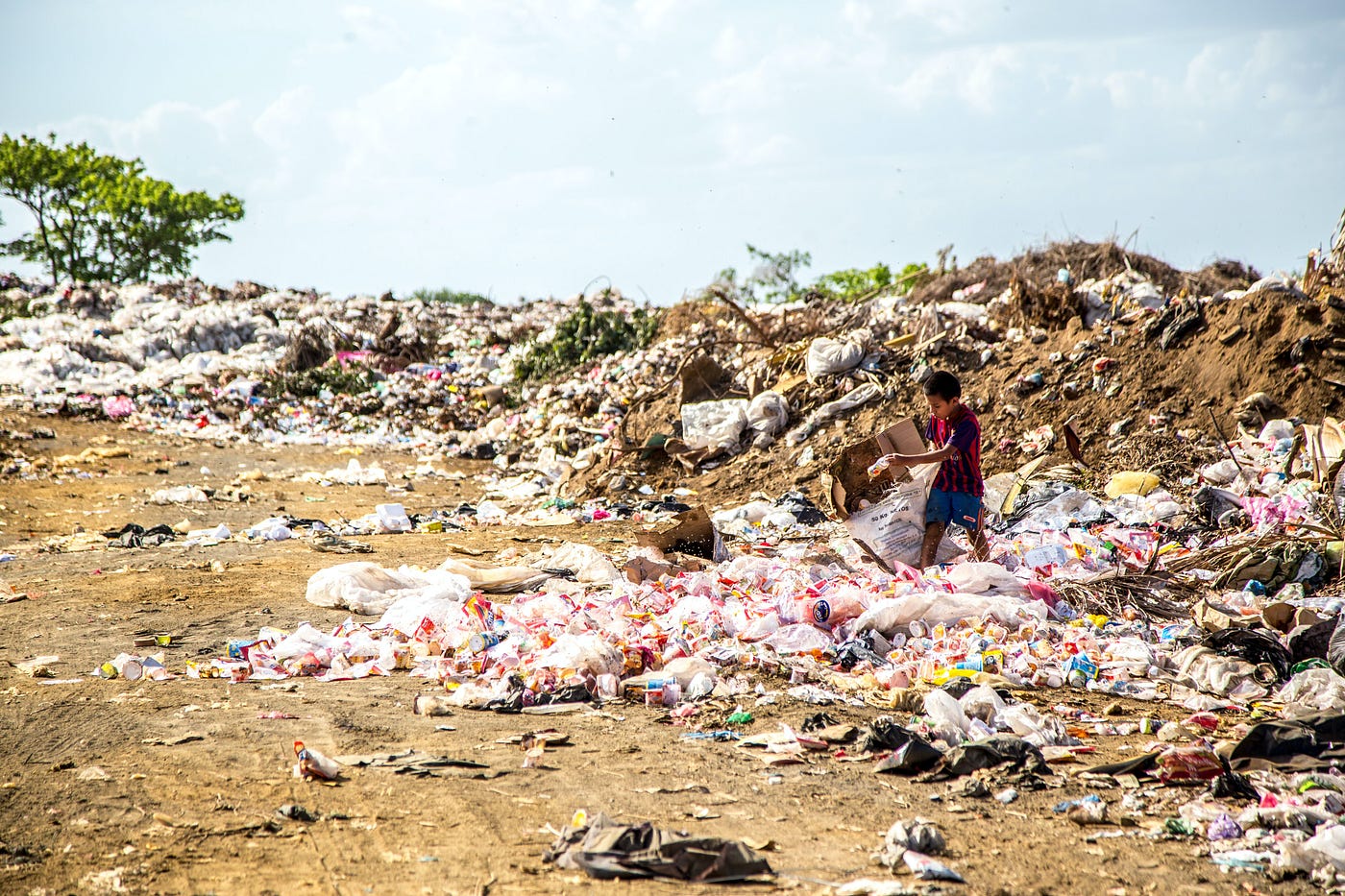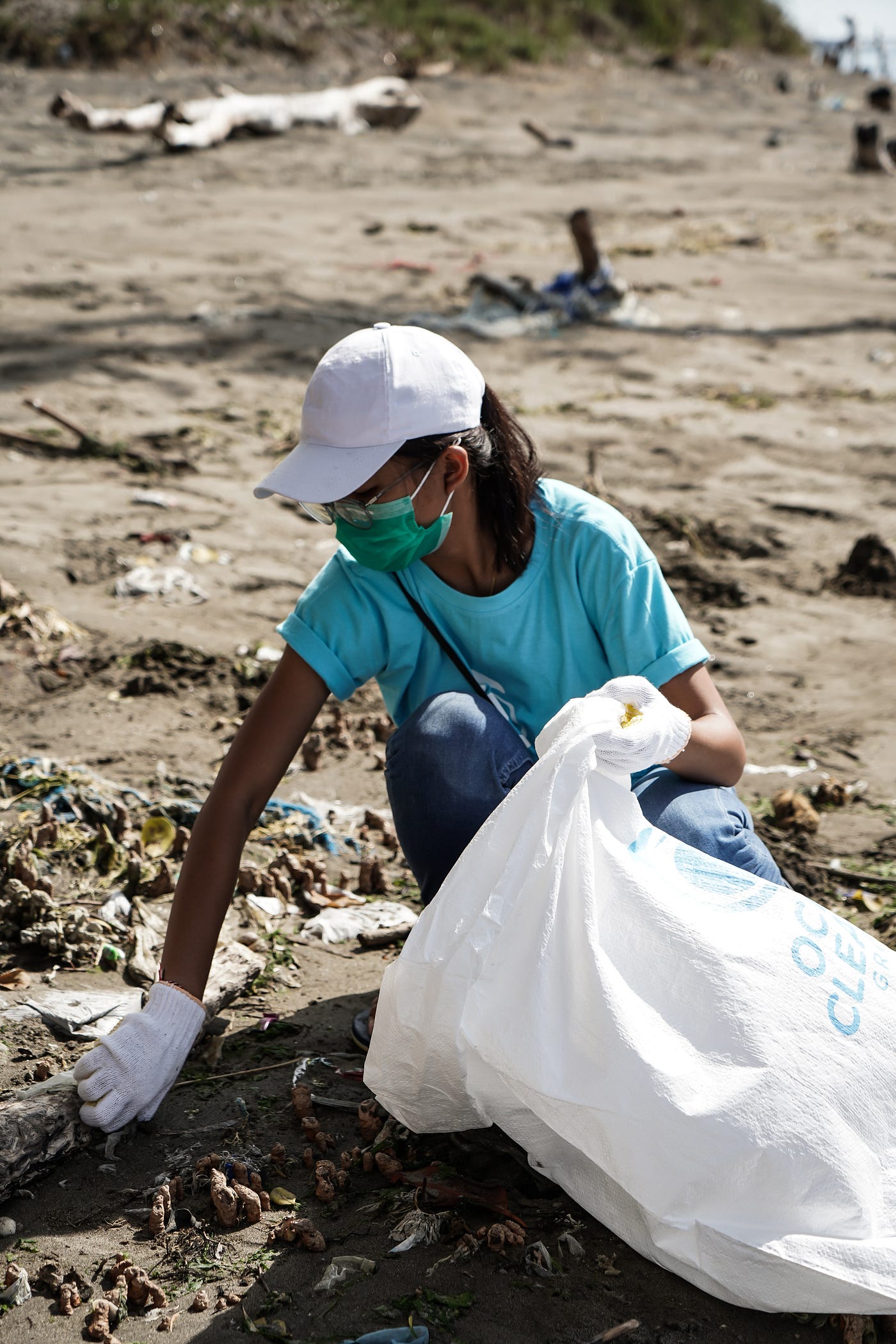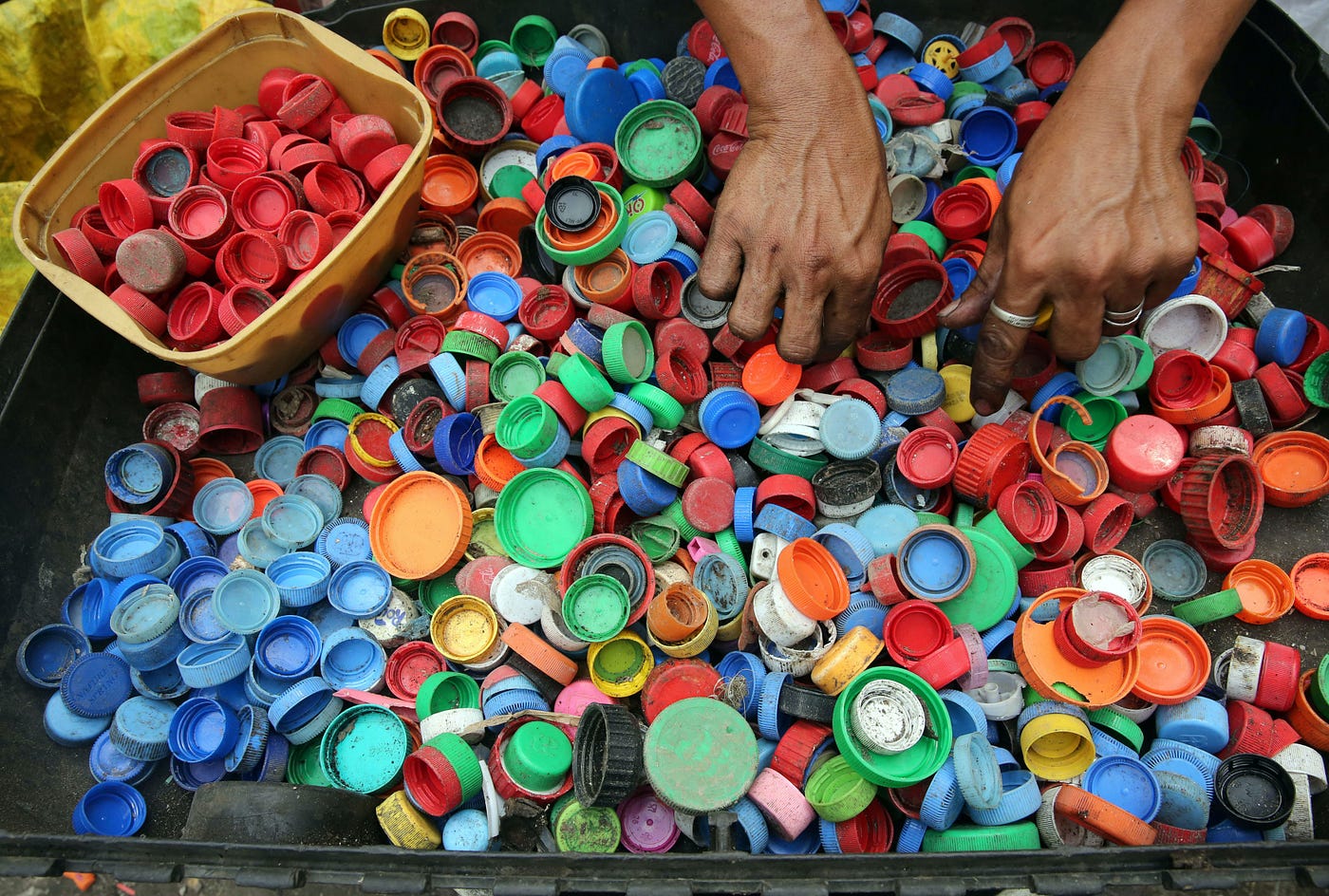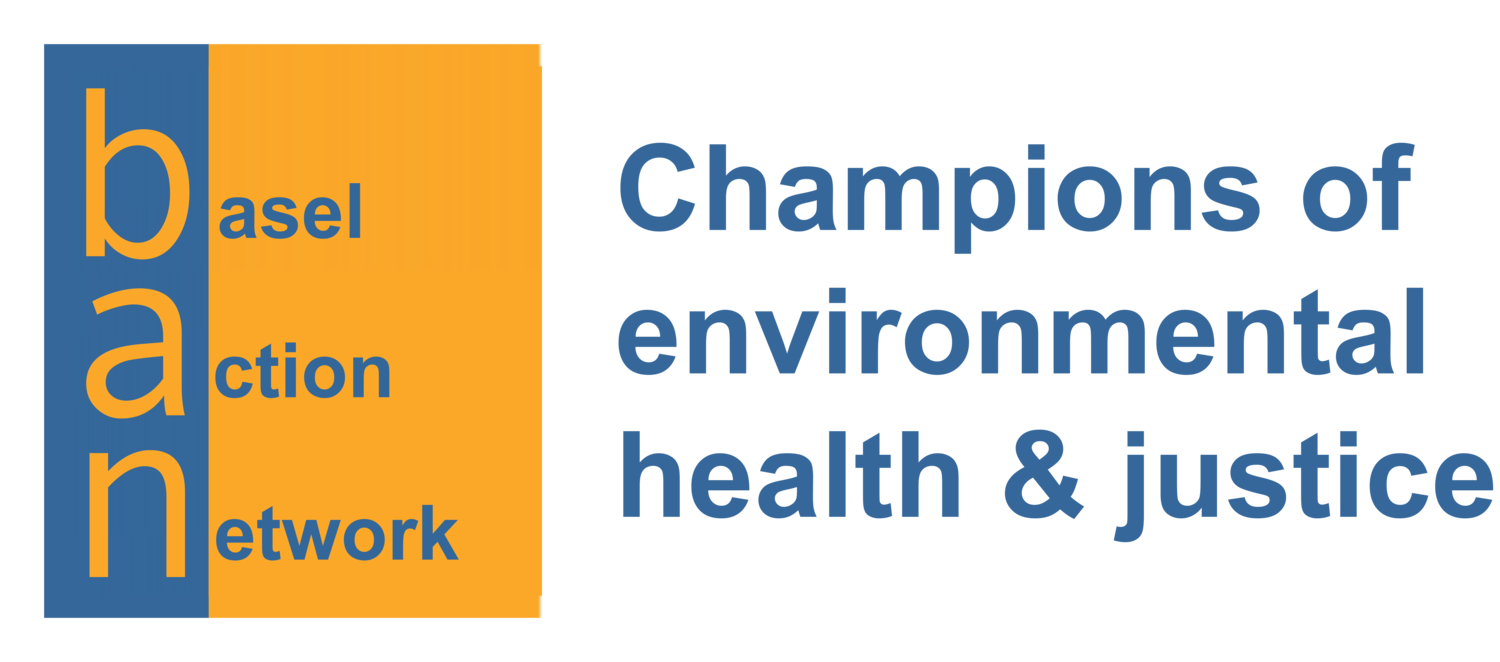The Global North’s Environmental Impact on the Global South
/by Sofia Irfan on April 20, 2021, Source: Medium
When will responsibility be distributed evenly?
Since 2019 Malaysia, a relatively small nation in Southeast Asia, has sent 267 containers of plastic waste back to their countries of origin. It was reported last week that they are in the process of sending back 81 more containers. The trash was returned to the United States, amongst a number of other first world countries, including France, the U.K, Canada, Singapore and Spain.
“Malaysia will not be a dumping ground to the world… we will fight back. Even though we are a small country, we cannot be bullied by developed countries,” said Malaysian Environment Minister Yeo Bee Yin.
Malaysia is just one of many developing countries fighting back against the dumping of trash by developed countries. Wealthier nations ship large amounts of so called recyclable waste to less developed nations so as to reduce domestic landfills and meet recycling quotas for cheap. Of course, the issue is that the trash sent over isn’t necessarily recyclable at all, and it ends up in illegal processing centers. These centers get rid of the trash through means that end up harming the environment, either being burnt or dumped in waterways and landfills.

This is indicative of a much larger problem that has been plaguing the Global South; the inequality it faces against the Global North when it comes to pollution and climate change.
The Global North is objectively producing more CO2 and plastic waste than the Global South. In terms of excess global carbon emissions, the United States is responsible for 40% of it, and the EU for 29%. In total, the Global North is responsible for 92% of emissions. And in terms of waste? Well, “The United States, Denmark, and New Zealand generate at least twice as much waste per capita than developing countries.”
A paper published in The Lancet Planetary Health set out to determine which nations were responsible for polluting the atmosphere, based on the idea that the atmosphere counts as a “global commons,” and that everyone has a right to a fair share. The paper considered metrics such as population size and geography. The conclusion the authors arrived at was quite chilling: what many nations are being subjected to is “atmospheric colonization.”
Many countries who are disproportionally responsible for carbon emissions “relied on the appropriation of labour and resources from the Global South for their own economic growth, they have also relied on the appropriation of global atmospheric commons, with consequences that harm the Global South disproportionately.”
There is no denying that one nation’s emissions will inevitably affect another. When carbon emissions go up, the atmosphere we all share as a planet will be affected, and who is to answer when (often much poorer) nations across the world drown because of the actions of (often much wealthier) nations that are unable to comprehend their catastrophic impact? And who is to answer for the trash shipped West to East that destroys entire eco-systems?
At this point, reparations seem like a pipe dream. At the very least, nations that have the means to do so, such as the U.S, and members of the EU, should step up and take on the cost of accelerating the process of going green. The United Nations estimates that the cost of facing climate change in developing nations will be $500 billion per year by 2050. If the U.S and EU are mainly responsible for 92% of emissions, does it not seem fair that they pick up proportional costs?
However, this article is not long enough to cover the nuances of climate change responsibility and dividing up the blame. Even if we were to leave out other G-8 nations, the percentage of CO2 pollution still comes up to about 60%. That is a very large number, considering that the U.S. and EU only account for 1/7 (14%) of the world’s population.
And we have yet to touch the conversely very visible impact that the Global North is having on the Global South’s environment, so let me loop back around to the mountains of trash washing up on Asian, especially South-East Asian, shores.

The issue was exacerbated when China banned importing rubbish in 2016 in fear of contamination. Up until that point, China had been processing nearly half of the world’s plastic, metal and paper waste. Once China’s ban was implemented, the waste was diverted to Southeast Asia, which had laxer laws. The effect of this was immediate and obvious. The Global Alliance for Incinerator Alternatives (GAIA) reported that “the influx of toxic waste has caused contaminated water, crop death and respiratory illnesses.” In Java, dumping grounds are surrounded by human settlements, with toxic waste water spilling over into the farmland.
Besides the impact that this has on human health and communities, it is also destroying eco-systems en masse. The coastal cities of Indonesia have waste overflowing into the ocean, disrupting marine eco-systems and killing wildlife. Since the coastal cities also rely on seafood as their primary source of food, the plastics then end up in humans digestive systems. The damage to both humans and wildlife is dire. The UN Global Assessment Report declared that nature is being broken down hundreds of times faster than the past 10 million years. Over one million animals are at risk of extinction.
There is a delicate balance of nature that we humans depend on, not just for economies and livelihoods, but also for food security and quality of health. At the lowest level, eco-systems being disrupted can lead to soil erosion, especially top soil, and this results in mass food shortages or in the worst case-scenario, famine.
On January 1, 2021 The Basel Convention, a treaty that seeks to limit the hazardous waste passed around nations, made amendments that tightened control on plastic waste and outright banned other materials. The U.S. was one of only eight nations who did not ratify the treaty. This is shocking, considering the U.S produces 42 million tonnes of plastic waste a year, more than any other country in the world.
Furthermore, U.S. shipments to certain nations have actually increased since the amendment. While overall plastic exports have gone down by 66%, waste brokers have been targeting countries with lower restrictions, with exports to Asia going up by 32%. The U.S. and other developed nations, are overwhelming Malaysia, Vietnam, Cambodia, Philippines, Thailand and Mexico, who are receiving more trash than they ever have.

“The current U.S. federal administration and the backers of the SOS 2.0 U.S. federal policy [to address global plastic pollution] have been blaming Asian countries for the world’s plastic pollution,” says engineer and founder of The Last Beach Cleanup, Jane Dell.
“But these study figures show that we should not be blaming them. Our waste is actually contributing to their pollution. And SOS 2.0’s efforts to curb the problem are inadequate. Two major sources of plastic pollution are U.S. plastic waste exports to non-OCED (Organisation for Economic Co-operation and Development) countries and single-use plastics. SOS 2.0 does nothing to stop either one,” she attests.
Save Our Seas (SOS) 2.0 refers to the Act that ex-president Donald Trump signed to deal with local waste management. However, the Act places no responsibility on the manufacturers to produce sustainable materials, rather it only states plans to deal with plastic once it has turned to waste. This, as has been proven, is an ineffective method to deal with the waste crisis, as trash is handed off to third party contractors who deal with it as cheaply as they can, even if it is illegal.
The burden then falls on developed nations to pick up the slack, and it seems that they are finally putting a stop to this. Beau Baconguis, Plastics Campaigner of GAIA Asia Pacific says, “It’s their waste so these countries should be responsible for it. To us, it’s an environmental injustice for poorer countries to take the waste of richer countries just because they don’t want to deal with it. So hopefully when their rubbish is sent back, finally these countries will be forced into action on their own doorstep.”

Prevention is key, seeing as how country level plastic import bans don’t seem to be working as alternative places are found to divert the trash to. It seems that if Asia refuses to take on the waste, the next target will likely be Africa. Therefore, relying solely on recycling to bail us out of the waste crisis is not an achievable goal.
The recycling process itself will need better regulation and infrastructure set to make it more easily doable. Products need to be designed with recyclability in mind and with the end goal of a closed loop system. We cannot expect lower income countries with limited budgets to be able to handle the illegal dumping of non-recyclable waste on top of their own waste. It is irresponsible, and frankly cruel to local eco-systems and communities.
It’s time that the Global North take responsibility for their impact on the environment and the extensive harm they’re causing. If not for the sake of other nations, then for self-preservation at least. Whatever negative impact on the environment, no matter how seemingly far away the problem is, will inevitably end up harming all of us in the increasingly near future. Might I remind all of us, we’re running out of time and resources.
